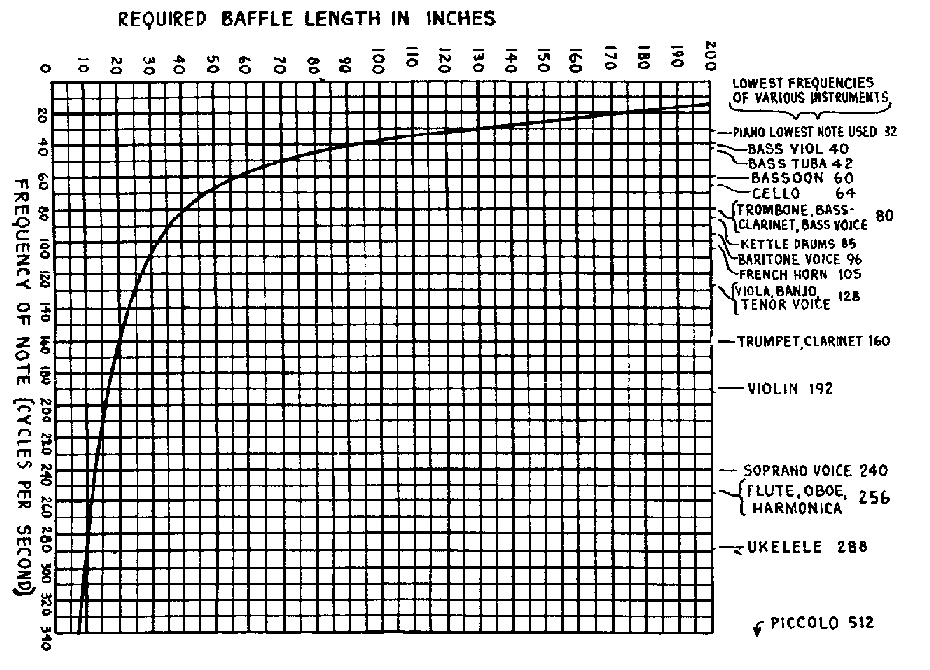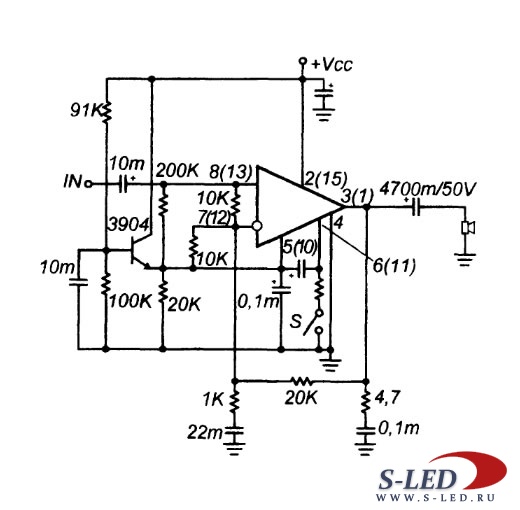
The only thing that looks better and would be more robust would be to parallel the LM4871. Since small and efficient and SMPS are off my list for this build, I have ruled out the TK2050.Īt this point, I think I am just about set for the LM3886 chip. That chip would most likely be great if 2 of your design goals are to have a small amplifier and to have a very efficient amplifier. That chip won't meet my design goals for this project. I may set up an account over on DIYAudio and/or PETT too, as this thread would be more at-home over there. I realize that AH doesn't have a whole lot of users that are deep into the electronics builds, but maybe we can start getting some interest in this direction. So, anybody on AH ever built a design with either chip? Any other chips to recommend? I have a notebook to jot down notes and a parts list, and I have reviewed some ICs as possible candidates.Īs of right now, I have my eye on 2 different ICs for this build:ġ) This is probably my front-runner for now: TI LM3875 Ģ) More power in bridge mode, but more external components and more complicated circuit: TI lm4870 So, I am now in the very beginning stages of this build. Also, this book is geared specifically towards discrete designs. I have read / skimmed this book previously, but that was before I had the classes in Solid State and Linear Integrated Circuits, so a re-read now that I have a more fundamental understanding seems in order.
#Lm4766 vs lm3886 manual
I think my next amplifier project will be another ChipAmp, but this time I will plan to build it from scratch- no kit, no instructions, no parts list - just a datasheet and other reference materials!Īfter I get a successful ChipAmp under my belt, then I will most likely move along to discrete component amps and higher power.Īs part of this build, I have started re-reading High-Power Audio Amplifier Construction Manual by G Randy Slone So, this project got me interested in ChipAmp designs and builds. And, that has been documented (will get updates when needed) on AH and on the BKA forums: I am wrapping up my report-out for that project in the near future. He has this to say about the LM3886:I recently built and measured a GOBO Chip Amp from Boxed Kit Amps. Tom Christiansen, the owner of Neurochrome, is an electronics engineer who built the kit for Amir to test, and actually worked in op-amp design at Texas Instruments/National Semiconductor. If not engineereed properly, LM386-based amplifiers can apparently cause problems including severe distortion, particularly at low frequencies, when driving 4Ω speakers. From what I could find on the internet, the LM3886 is a low distortion, fairly high output and low distortion op-amp that required careful implementation.

I realized that I had not been aware of this family of Class AB chip-amps. and after considering the purchase of a $165 Chinese LM3886 amplifier with balanced XLR input:

It would be interesting if Amir could test the Chinese balanced XLR version, because if it performs decently, it would be an excellent choice for those who want a medium-power, budget Class AB amp to connect via XLR to a USB DAC.Īfter seeing Amir's review of the excellent $1,300 Neurochrome Modulus-286 (kit) amplifier:Īnd a new thread started today by the owner of an Akitika GT-102 ($314 kit, $488 assembled): I'll be interested to follow any discussion of this by ASR regulars who are familiar with this class of amplifiers. I wonder how many of them are "well-engineered"? I didn't take time to dredge through posts at the various DIY audio forums, but there is a long history of DIY "gain-clone" LM3886-based amplifiers, and I can only assume that there is a wide variation in reliability, consistency and quality of the LM3886 modules.Īlthough I considered the above cheap Chinese LM3886 amplifier with its balanced XLR inputs as a backup to my soon-to-be-completed ICEpower 200asx/200AS Ghent audio balanced XLR amp, I decided to stick with a RCA input TDA7498E Class-D amp for backup. Look at the dizzying array of LM3886 modules at this image-based search page. I am aware that it takes good engineering and proper implementation to make a good audio amplifier. Like Class-D amplifiers, a decent chip is only a start.


 0 kommentar(er)
0 kommentar(er)
